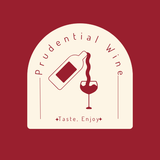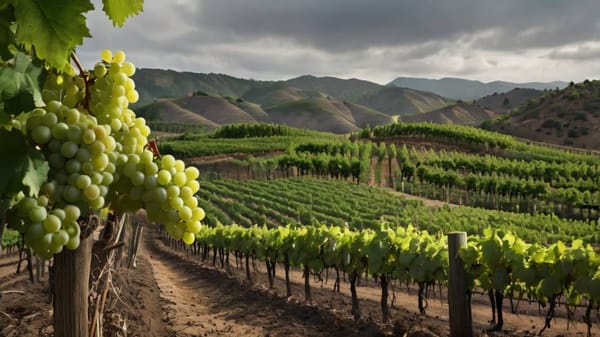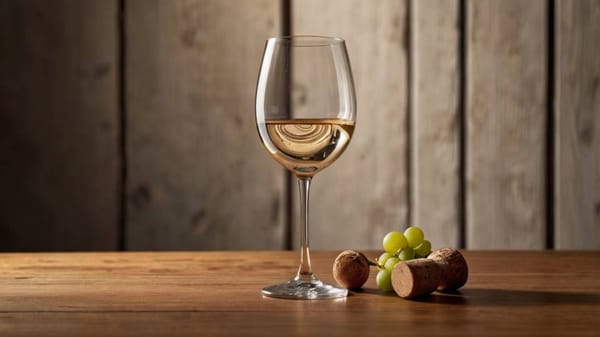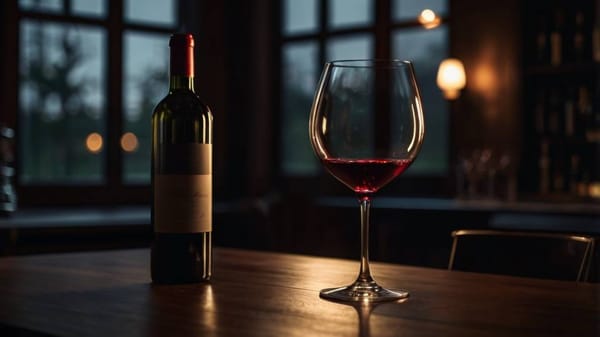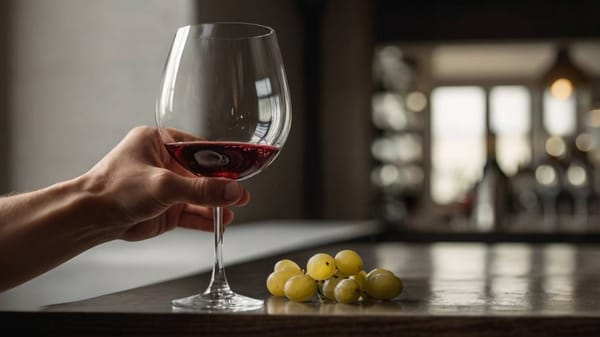Not All Wine Improves with Age
Think all wine gets better with age? Think again. Learn which wines to drink now, which to save, and how to taste with confidence every time.
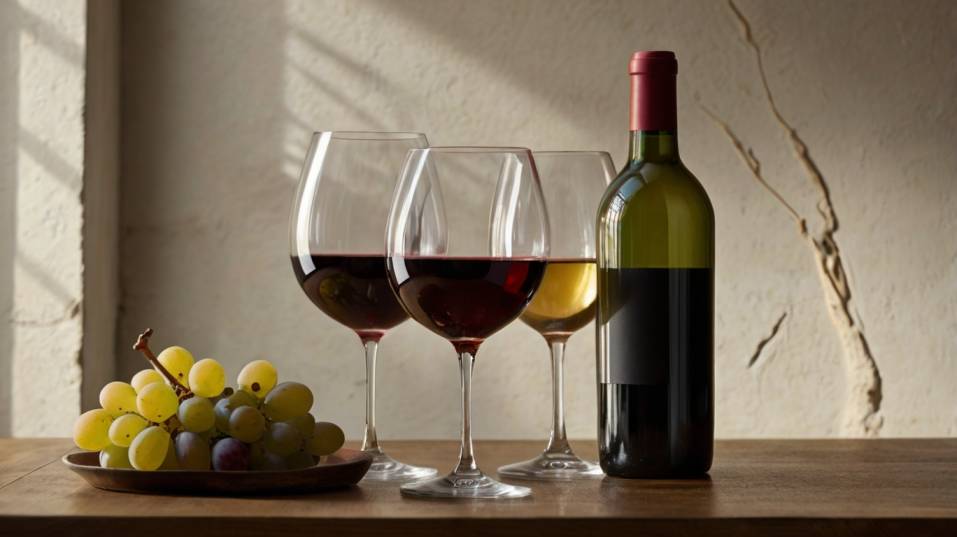
Have you ever held onto a bottle of wine, thinking it would get better with age—only to open it and find it flat, tired, or just... off? You're not alone.
Many wine lovers learn too late that most wines aren’t built to improve over time. In fact, aging can strip away the very freshness and flavor you fell for in the first place.
If you’re just starting your wine journey, here’s the truth you need to know—before your next bottle goes to waste.
The Aging Myth (and Why It’s Everywhere)
It’s easy to see where the myth comes from. Aged wines often appear in movies, auctions, or special cellars, treated like relics from a golden age.
Vintage years are printed on labels with reverence, and wine culture—at least on the surface—can feel like a secret club where older always equals better.
But here’s the real-world truth: over 90% of wines produced globally are made to be consumed within just a few years of bottling.
Many even within months. These wines are made for freshness, clarity, and approachability. They’re designed to offer pleasure now, not years from now.
In fact, when wines like these are left to age, the qualities that made them appealing—bright acidity, fresh fruit, gentle tannins—don’t evolve. They disappear. What’s left behind is something muted, limp, and often oxidized.
So why do so many people hold onto wines for too long? In part, it's because few people talk about which wines benefit from time—and more importantly, how to tell the difference.
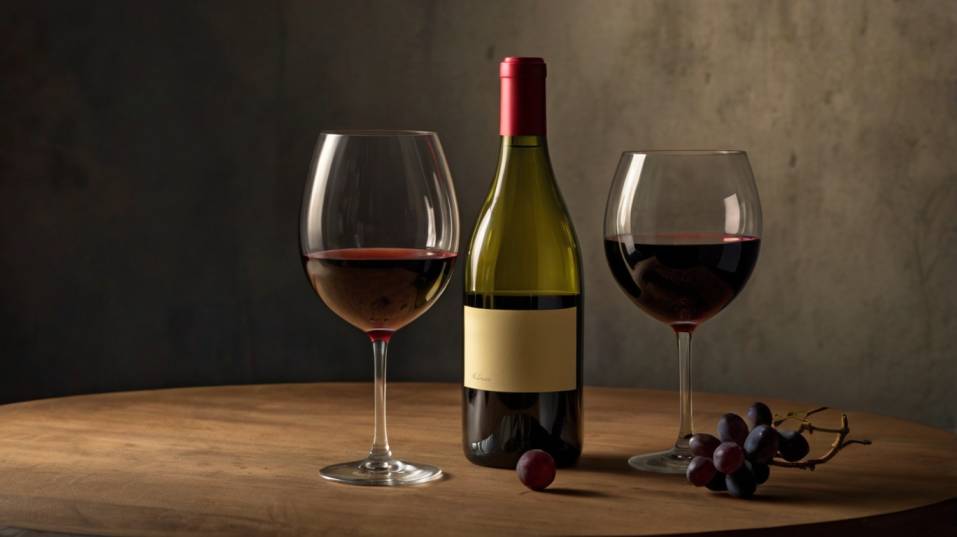
What Aging Actually Does to Wine
To understand aging, you need to understand structure. Certain elements in wine—tannins, acidity, alcohol, and sugar—act like natural preservatives.
When they’re present in the right balance and intensity, they give a wine the ability to evolve slowly over time, developing complexity as its bold, youthful edges soften.
But not all wines are built this way. Many are made to be expressive right out of the bottle. These wines often lack the structure to endure long-term cellaring—and that’s not a flaw. It’s a stylistic choice.
Some of the world’s most iconic wine cultures (think Beaujolais, Provence, or Galicia) produce wines meant for early drinking.
Their brilliance lies in their immediacy—their vibrancy, energy, and sense of place. Aging doesn’t make these wines better. It makes them fainter.
How to Read a Wine’s Intent
When you’re just starting out, there’s a simple question that helps: Is this wine made to evolve, or made to enjoy now?
Understand Wine Styles
Look beyond the vintage and study the wine’s style:
- Whites like Sauvignon Blanc, Pinot Grigio, and most rosés are typically crafted for freshness. Their charm is in their brightness and lift—qualities that rarely improve with age.
- Lighter reds like Gamay or Dolcetto usually showcase delicate fruit and low tannin—delicious traits today, but fragile over time.
- High-acid whites (like Riesling or Chenin Blanc) or structured reds (like Barolo, Bordeaux, or Brunello) are different. These wines are made to develop complexity over years, sometimes decades. They start tight and closed, then slowly expand in aroma, texture, and depth.
But don’t guess. Taste. If you open a young wine and it’s already singing—balanced, expressive, and layered—it’s ready. And sometimes, that's as good as it will ever be.
Storage: Why Conditions Matter More Than Time
Here’s what many forget when they fantasize about aging wine: storing wine properly isn’t passive. It’s active, intentional, and technical.
Wine is fragile. Light, heat, vibrations, and temperature swings can all damage it. A closet near the kitchen or a sunny living room shelf? That’s not aging—it’s slow spoilage.
If you’re serious about holding bottles, invest in stable conditions: consistent temperature (ideally 55°F/13°C), horizontal storage for corked bottles, and darkness.
Even then, you need to know the wine is age-worthy. Otherwise, you’re just putting something fresh into stasis—and hoping. In short: don’t store wine to age unless you know what you’re aging—and why.
Choosing Wines That Do Reward Patience
While most wines are best enjoyed young, some are truly built for the long haul. These bottles can transform over time, gaining nuance, texture, and emotional weight.
But they’re the exception—not the rule—and recognizing them takes more than just guessing based on price or region.
What Makes a Wine Age-Worthy?
So what makes a wine age-worthy?
- Structure: High tannins and acidity provide the scaffolding for long-term development.
- Concentration: Wines with dense flavor, often from older vines or low yields, tend to hold up longer.
- Balance: All elements—fruit, acid, alcohol, tannin—need to be in harmony. Aging exaggerates imbalance.
- Winemaking: Some producers craft their wines with aging in mind, using techniques like oak aging, extended maceration, or bottling with minimal intervention to allow natural evolution.
Examples of wines that can benefit from age include traditional-method sparkling wines, top-tier Burgundy, well-made Syrah, Riesling with some sweetness, vintage Champagne, and fortified wines like Madeira and Port.
But don’t chase aging for the sake of aging. Use it to explore. Open the same wine at different points in its life and compare. That’s where the real education happens.
You Don’t Need a Cellar to Be a Serious Drinker
There’s no prize for owning the oldest bottle. Wine is about timing and trust—trusting your senses, your experience, and your own preferences.
If a wine tastes amazing now, drink it. If it’s tight and unyielding, maybe it does need more time—but maybe it also needs a longer decant, a different food pairing, or just another sip in ten minutes.
The more you pay attention to how wine behaves in the glass and in your mouth, the less mystery surrounds what’s “too young” or “too old.” You begin to read the wine, not the label.
Final Thoughts
Aging isn’t the default path to better wine. It’s a specific technique, suited for specific wines, with real requirements behind it.
Most wines are at their peak not years from now—but tonight. Learning to sense that readiness is a skill—and it’s what separates passive drinkers from confident ones.
So stop waiting. Open something. Taste it deliberately. Think about what it’s telling you. You don’t need a cellar to grow your palate—you need curiosity, repetition, and attention.
Make tasting part of your ritual, not just your special occasions. That’s how great wine becomes not just a luxury, but a language you speak fluently.
